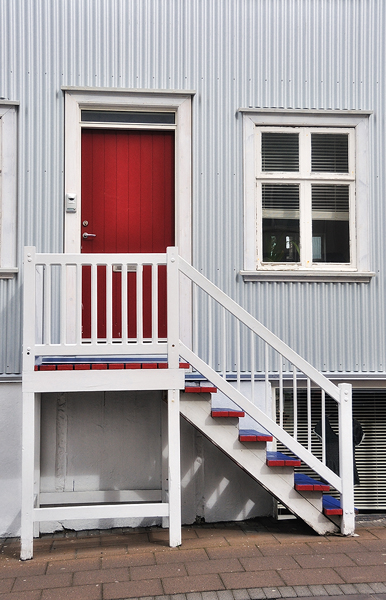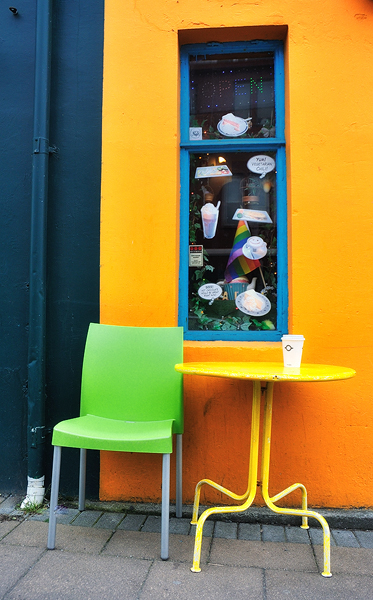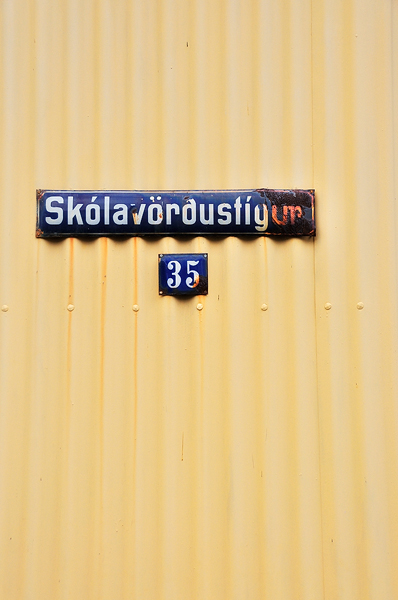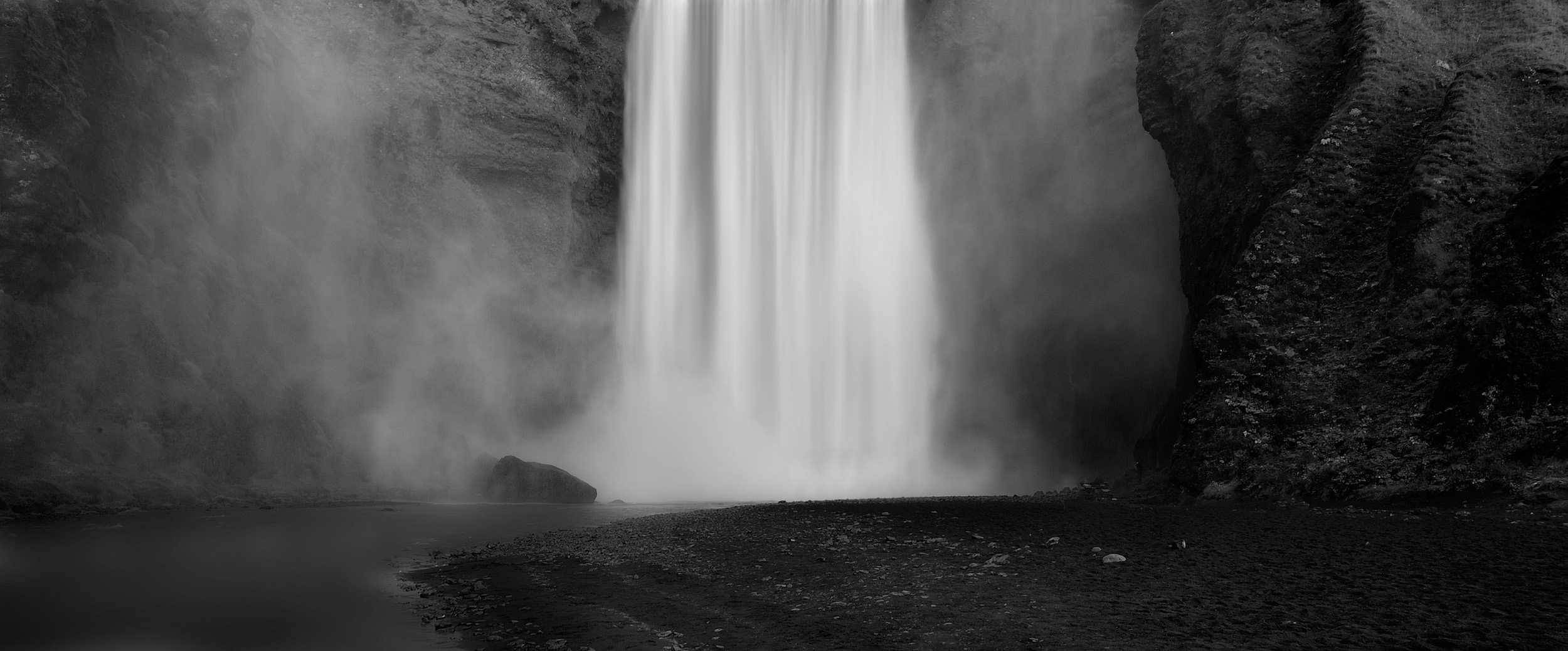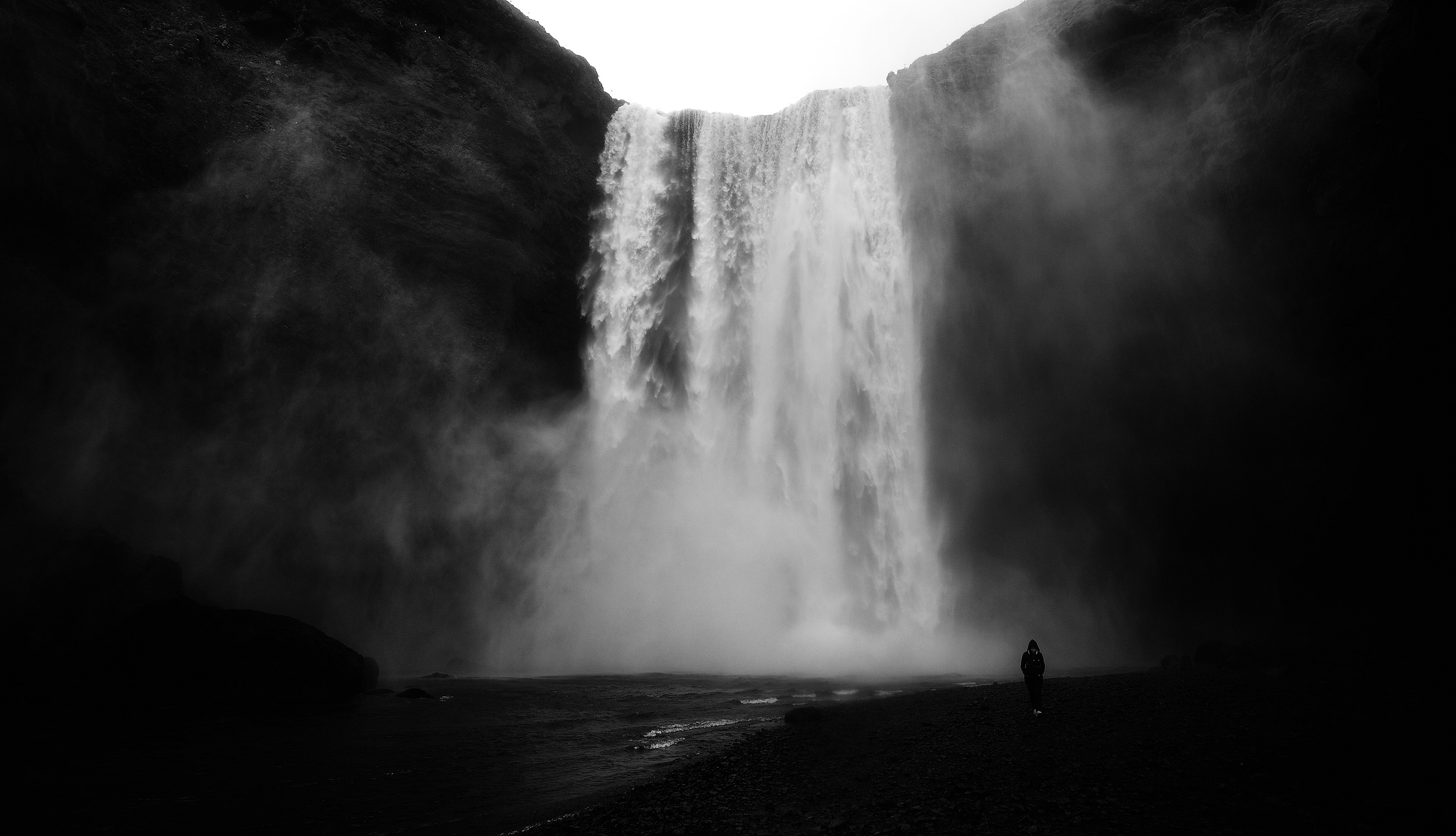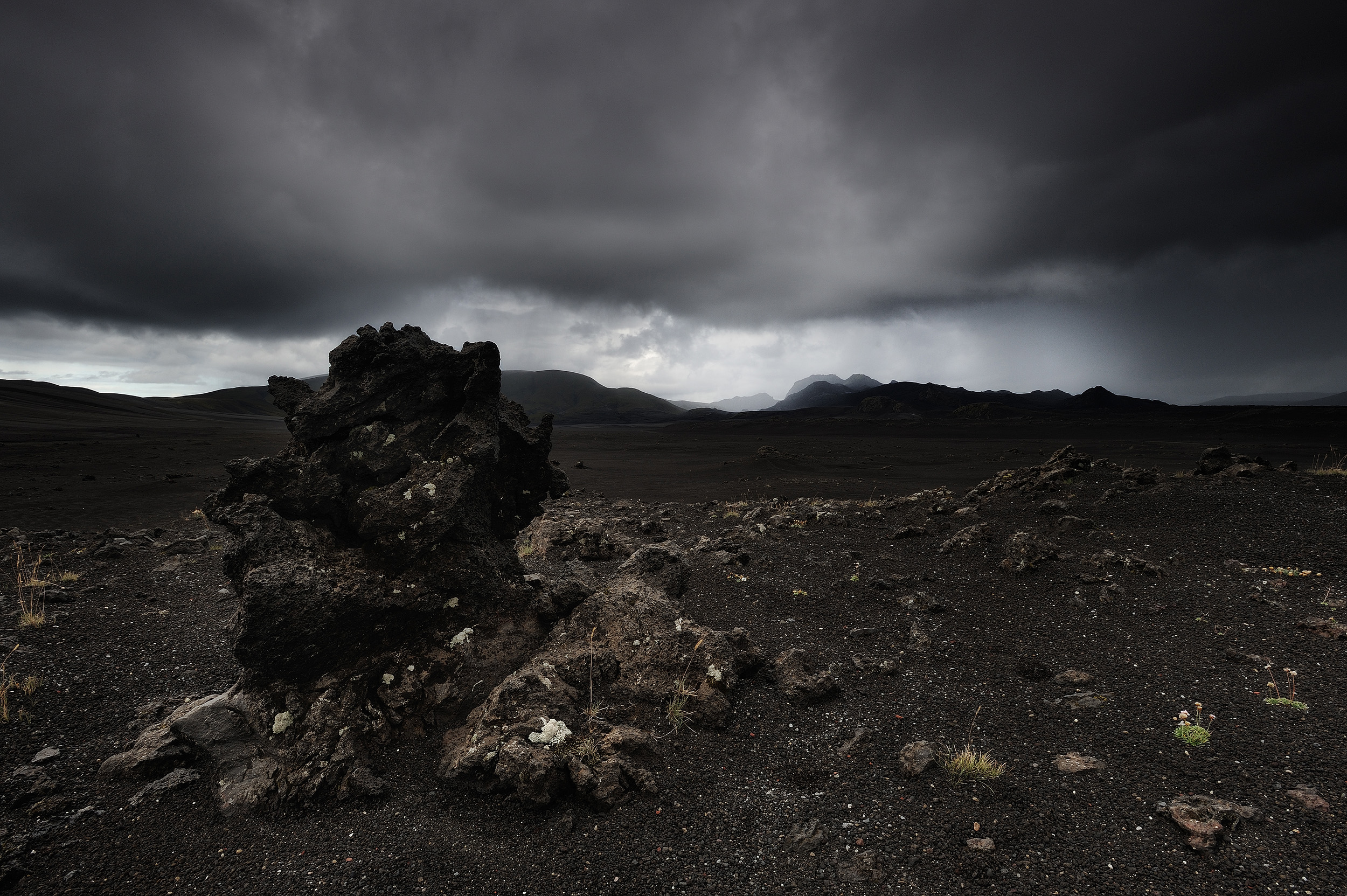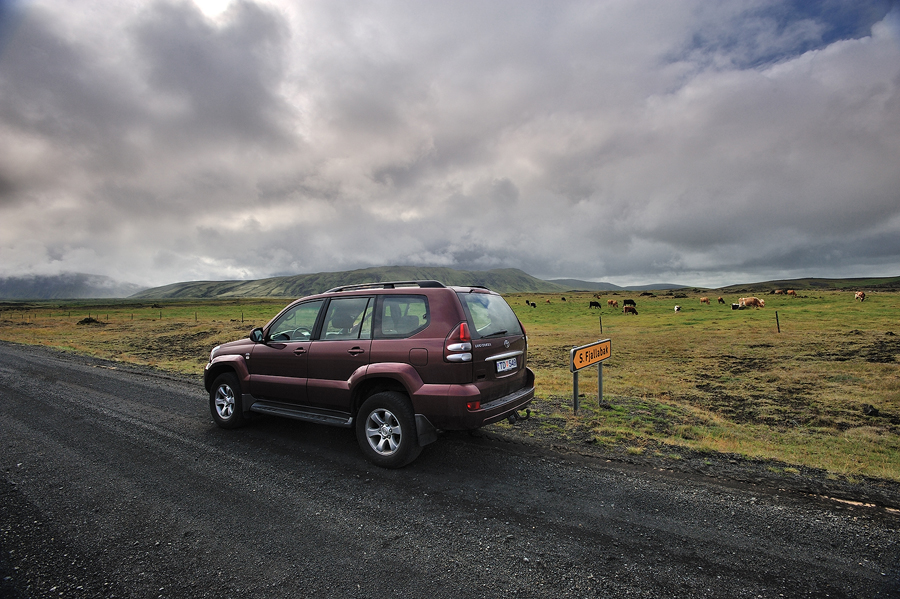ICELAND PART 1: REYKJAVIK TO FJALLABAK
Iceland has been on the list of places to visit for a very long time...almost as long as I've been interested in landscape photography.
I guess it first started with seeing Art Wolfe's photographs of icebergs floating in the lagoon at Jokulsarlon, and the cumulative effect of seeing the work of photographers I admire photographing places like Landmannalauger and the waterfalls at Dettifoss. Then, various BBC Natural History documentaries, and it reached a point when it became inevitable that I'd have to visit someday.
I started planning the trip late last year, and trying to work out an itinerary that would take in the places I wanted to visit and give me time in each place in case of bad weather. In Scotland in 2010, I didn't see a single sunset and only one sunrise due to persistent bad weather, so it always pays to give each location 3 days if possible.
It soon became apparent that the best way to do it would be to circumnavigate the country, but in a two week trip there were always going to be sacrifices. There were locations I really wanted to see; the hills at Landmannalauger and Fjallabak Nature Reserve, Jokulsarlon, the waterfalls of Dettifoss and Godafoss, and the Westfjords. Putting together an itinerary to see these places and give myself as much time as possible in each location meant missing other places. In the end I decided to cut out some of the places that are closer to Reykjavik and have been photographed lots in favour of heading to lesser known destinations in the north and the Westfjords.
We arrived in Reykjavik in rain, and that was to be a constant for the rest of the trip. There was only one day in the 15 that we were there when it didn't rain. Still, Iceland's capital is a great place to spend a day, whatever the weather. As capital cities go, it's tiny, with a population of around 160 000, and you can see pretty much everything in a day. There are some fantastic cafe's on Laugavegur street, and the corrugated iron buildings are fascinating - completely different from anything you see in southern Europe.
On our second day, we went to pick up the rental car. For the first part of the trip, I'd decided on a jeep as heading up into the Fjallabak nature park would mean river crossings and hundreds of kilometers of dirt tracks. Heading out of the city, it didn't take long before Route 1, Iceland's main road which circles the whole country, narrowed down to one lane. After an hour we could see the peaks of the central highlands rise up on the left of the car. Not long after that we arrived at the well known waterfall of Skogafoss. It's been photographed so many times before, but nevertheless, on first seeing it, it's a wonderful sight. A really beautiful waterfall cascading into a shallow pool enabling people to walk right up the bottom of the falls. The weather was pretty overcast, which when you're shooting waterfalls in the middle of the day, is actually ideal as it removes harsh light bouncing off the water. I wasn't really interested in including the sky in composition anyway, preferring to focus on the water itself and the way that the location allows people to walk so close to the thundering water
We left Skogafoss, and turned back west before heading north into the highlands towards the hut at Alfavatn. Pretty soon we were leaving tarmac road behind for single lane dirt track, and not long after that we had our first river crossing. Fjallabak has three glaciers, and in the summer, meltwater pours down the mountains into a multitude of rivers that cross the volcanic valley floors, making driving in anything less than a 4x4 impossible, and even then, it's by no means guaranteed that you'll be able to get to where you want to go. The summer had been relatively hot by Icelandic standards, resulting in higher rivers than normal, then, in the days before we arrived, it had rained heavily, swelling the rivers even higher. The result of this was that we eventually reached a series of rivers that we couldn't cross. The water was just too deep and wide, and we had to turn back for the night. It was irritating, as it was the only night we'd planned to stay in Alfavatn and changing plans was impossible as all the accommodation was booked. As it turned out, the weather was so poor that evening that shooting would have been pretty much impossible, but it was still a frustrating beginning to the trip.
The next day we got up and headed back into the national park, this time on F225 to Landmannalauger. The weather was better...it was overcast with heavy cloud, but at least it wasn't raining.
The landscape along the track was astonishing. It's incredibly volcanic, and the scenery is constantly changing. One minute you're driving through scenery with just every colour moss and vegetation imaginable growing on the black lava, and then, a few kilometers later, you're driving through a barren landscape that looks like the surface of the moon.
It was a long drive cross country to Landmannalauger,but when we arrived at the hut there, the first thing I saw was the valley with the rhyolite hills, the same hills I'd seen in so many images. It's an amazing place, and although it's a cliche to say "it doesn't seem real", more than almost any other place I've ever seen, the hills of Landmannalauger are genuinely surreal.
I hoped to be able to shoot the hills with really strong side lighting, but unfortunately in the two nights we stayed there, the thick cloud never really moved, and apart from the odd glimmer of light in the middle of the afternoon, I never had the opportunity to photograph Landmannalauger in anything other than flat, even light. The place is impressive enough to even work photographically in these kind of conditions, but the drama and dynamism I was hoping good light would bring, was never possible.
Despite that though, it was an amazing couple of days in truly stunning scenery. The huts there are really clean and well maintained with kitchens and hot water in the showers (the hot water comes straight from hot springs in the ground). There are hot springs just outside the hut too, which are well worth going for a swim in. It was about 8º outside, but the water was like a hot bath, a really wonderful experience.
We hiked all around the huts, part way along the Laugavegur trail, and then around the Brennisteinsalda trail, and although the light was never great for photography, it was a lot of fun in an amazing place.
When we left, we decided to take the F208 dirt track south to meet up with Route 1. It was a long trek, once again in bad weather. It was raining pretty much the whole way, but nevertheless, the landscape was stunning. Black volcanic rock and green moss covered hills in an ever changing vista. There were a lot of river crossings, and it's one place I would like to spend some time exploring properly in better light should I ever return to Iceland.
We spent most of the morning driving south along the 208, stopping to photograph the incredible scenery, enjoying the drive, before reconnecting with the tarmac of the Route 1 and heading east to Jokulsarlon and south east Icleand.


